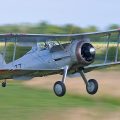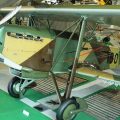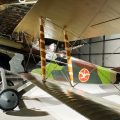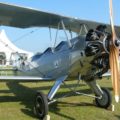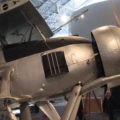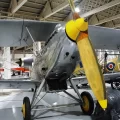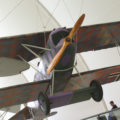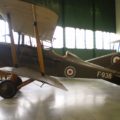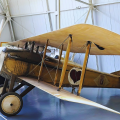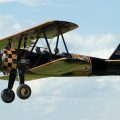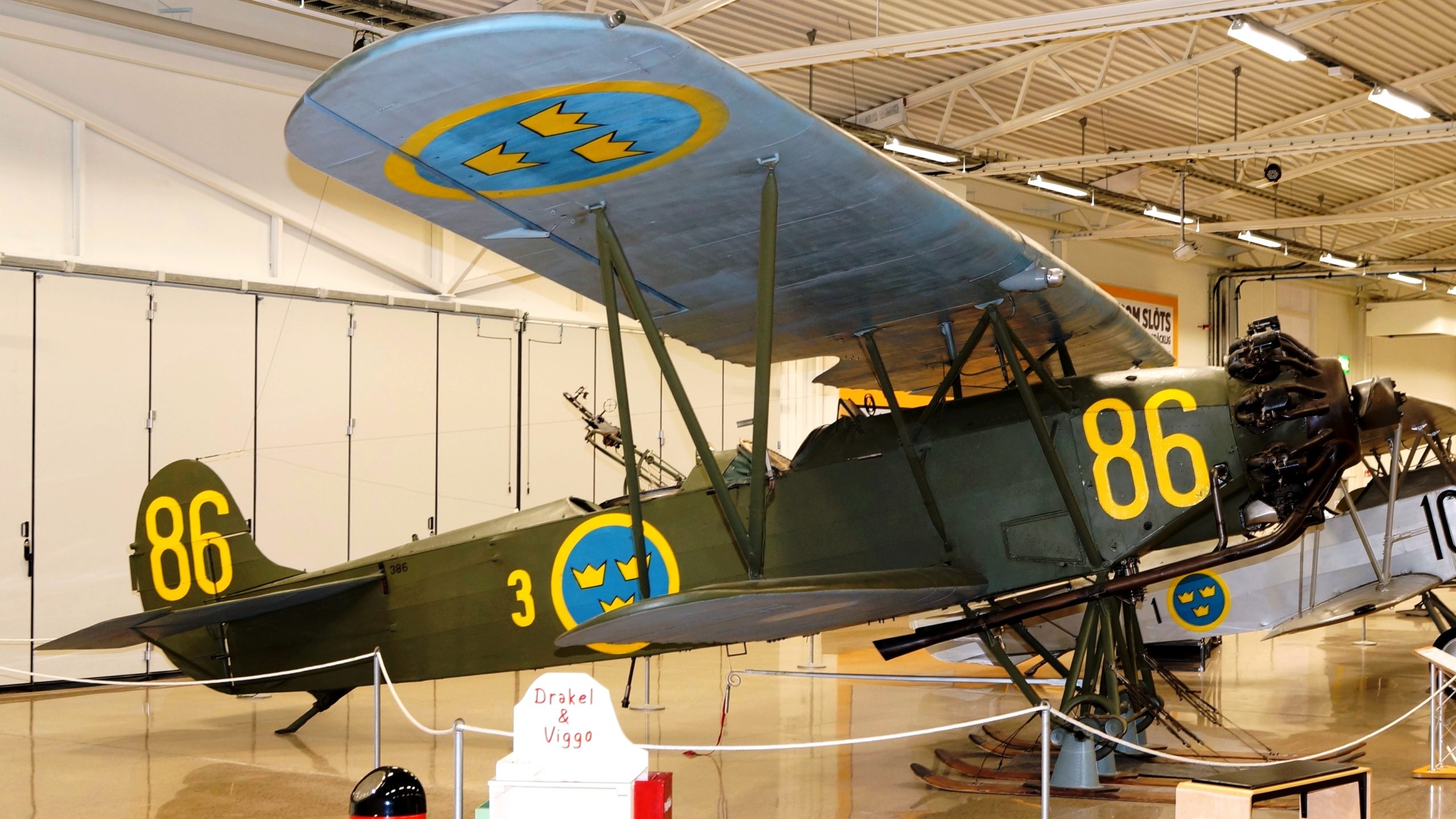
Fokker C.V. | |
|---|---|
| País | Países Baixos |
| Papel | Reconhecimento leve, bombardeiros |
| Introdução | 1924 |
| Construído | 1000+ |
O Fokker C.V. foi um avião biplano holandês de reconhecimento leve e bombardeiro fabricado pela Fokker. Foi projetado por Anthony Fokker e a fabricação da série começou em 1924 em Fokker em Amsterdã.
Fonte: Fokker C.V na Wiki
| Fokker C.V Walk Around | |
|---|---|
| Fotógrafo | Unknow |
| Localização | Desconhecido |
| Fotos | 12 |
Kits relacionados:
Encontre kits no eBay:
Veja também:
The Fokker C.V was a Dutch light reconnaissance and bomber biplane aircraft manufactured by Fokker. It was designed by Anthony Fokker and the series manufacture began in 1924 at Fokker in Amsterdam. The aircraft was intended as a two-seat reconnaissance and bomber aircraft. It was available in different versions with different wing spans, engines, and landing gear options. The aircraft became an export success for Fokker, it was sold and/or license manufactured in several countries, including Bolivia, China, Denmark, Finland, Hungary, Italy, Japan, the Netherlands, Norway, Switzerland, the Soviet Union and the US. The aircraft was used by various air forces until the 1940s.
The Fokker C.V had a wooden frame covered with fabric and metal. It had a fixed tailskid landing gear and a single open cockpit for the pilot and observer/gunner. The aircraft was armed with one or two forward-firing machine guns and one or two rearward-firing machine guns. It could also carry up to 400 kg of bombs under the wings or fuselage. The aircraft had a biplane wing configuration with unequal span and stagger. The upper wing had ailerons and the lower wing had flaps. The aircraft had a conventional tail unit with a single fin and rudder and horizontal stabilizers. The aircraft was powered by a variety of radial engines that could give between 336–723 kW (451–970 hp). The aircraft had a maximum speed of 230 km/h (143 mph) and a service ceiling of 7,100 m (23,300 ft). The aircraft had a range of 800 km (500 mi).
Views : 974



